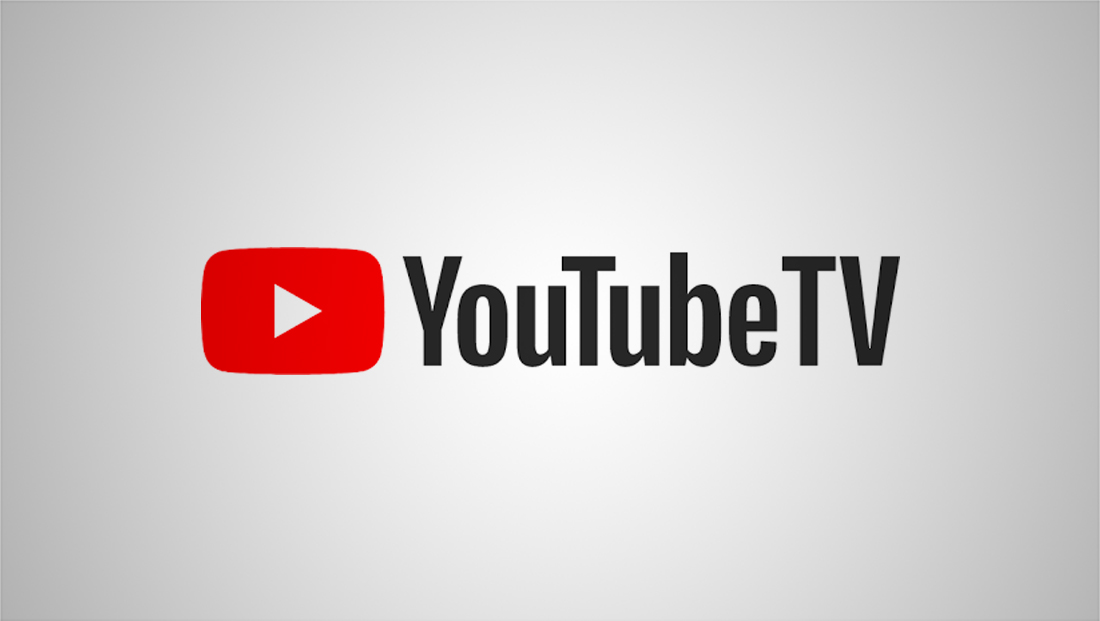YouTube TV raising prices again, pushing monthly fee closer to traditional pay TV rates

Subscribe to NCS for the latest news, project case studies and product announcements in broadcast technology, creative design and engineering delivered to your inbox.
Virtual multichannel video programming distributor YouTube TV is hiking its monthly price 14% come 2025.
The service will go from its current $72.99 that it’s been sold at since March 2023 to $82.99 a month starting for “most” existing subscribers after Jan. 13, 2025.
The new price means the service has more than doubled in cost since launching in 2017, when it debuted at $34.99.
Not surprisingly, YouTube TV, which is owned by Google parent Alphabet, says that increases in content costs — namely the fees it pays to most cable channel owners and local stations for the privilege of carrying their feeds.
It’s also worth noting that $82.99 will put it directly in line with Hulu + Live TV, one of YouTube TV’s chief rivals.
There is at least one thing that won’t change: YouTube TV’s features are expected to remain the same and its channel lineups will remain consistent with possibly a few exceptions.
The new pricing is getting even closer to the cost of traditionally delivered cable or satellite TV packages (and exceeds some of the lower tier offerings from those providers), though in many cases, there is still at least a small savings. The unlimited cloud-based DVR is something not all legacy pay TV providers offer, so for avid TV watchers who like to timeshift their viewing, YouTube TV could still make sense.
YouTube TV does require users to pay a pesky additional monthly fee for 4K content and while the service has more overall channels than it ever has, it does have a history of dropping regional sports networks or not lowering rates after some major ones shut down in recent years.
Users have also been subjected to blackouts over carriage disputes between YouTube TV and media companies and local station groups, though during at least some of these disruptions YouTube TV lowered the price slightly until the channels were restored.
That said, as prices for streaming pay TV packages continue to increase, as is likely to continue to happen, consumers may start to reconsider if it’s worth it, especially with dozens of major streamers vying for their dollars.
It’s also worth noting that using YouTube TV requires a user to have an active internet connection, which isn’t included in the YouTube TV fee and, when the two charges are combined, rack up the overall price even higher.
YouTube TV works on both connected TVs, desktop and laptop computers and mobile devices. Many cellular broadband plans limit video quality on their cheaper tiers, so these options may not be ideal for YouTube TV users. Traditional fixed broadband plans often have data caps, though they are typically generous enough for typical users to never have to concern themselves with exceeding them and some companies won’t charge if the allowance is exceeded during billing cycle or two.
That said, as streaming video becomes higher quality in order to adopt formats such as 4K, the amount of data consumed by heavy TV and movie watchers could balloon quickly.
It was not immediately clear what might qualify YouTube TV subscribers from avoiding the price hike Jan. 13.
YouTube TV is the largest vMVPD in the U.S., with around 8 million subscribers as of early 2024. Hulu’s offering ranks second.
In many cases, vMPVDs are seeing at least some growth, whereas legacy pay TV subscriptions continue to drop almost universally across the board.
Subscribe to NCS for the latest news, project case studies and product announcements in broadcast technology, creative design and engineering delivered to your inbox.




tags
Hulu Plus Live TV, OTT, streaming, vMVPDs, YouTube TV
categories
Broadcast Business News, Cable Industry, Featured, Streaming